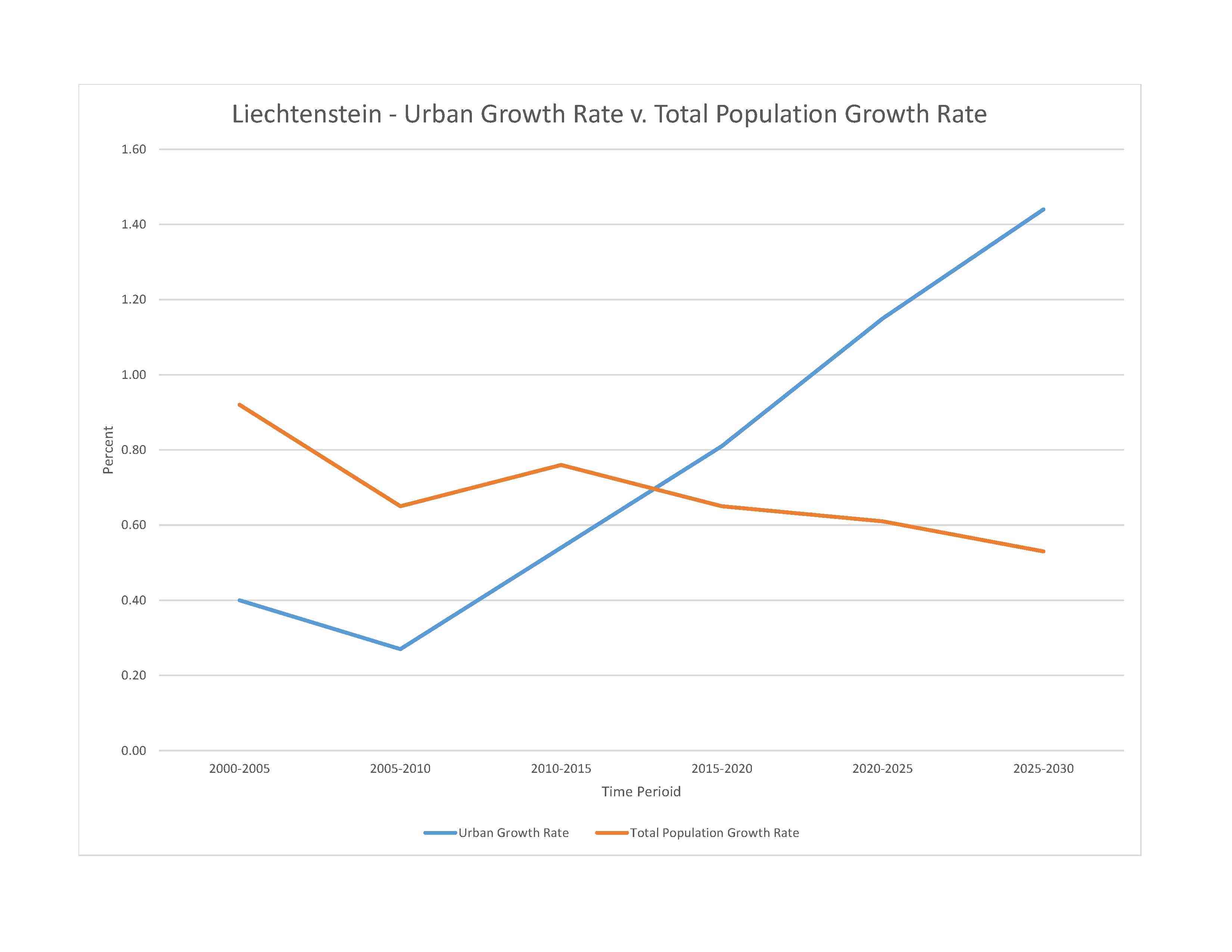
39,993 (2023 est.)
note: immigrants make up 67% of the total population, according to UN data (2019)
noun: Liechtensteiner(s)
adjective: Liechtenstein
Liechtensteiner 65.6%, Swiss 9.6%, Austrian 5.8%, German 4.5%, Italian 3.1%, other 11.4% (2021 est.)
note: data represent population by nationality
German 91.5% (official) (Alemannic is the main dialect), Italian 1.5%, Turkish 1.3%, Portuguese 1.1%, other 4.6% (2015 est.)
major-language sample(s):
Das World Factbook, die unverzichtbare Quelle für grundlegende Informationen. (German)
The World Factbook, the indispensable source for basic information.
German audio sample:
Roman Catholic (official) 73.4%, Protestant Reformed 6.3%, Muslim 5.9%, Christian Orthodox 1.3%, Lutheran 1.2%, other Protestant 0.7%, other Christian 0.3%, other 0.8%, none 7%, unspecified 3.3% (2015 est.)
0-14 years: 15.27% (male 3,389/female 2,718)
15-64 years: 64.38% (male 12,800/female 12,947)
65 years and over: 20.35% (2023 est.) (male 3,738/female 4,401)
total dependency ratio: 50.2
youth dependency ratio: 21.8
elderly dependency ratio: 28.3
potential support ratio: 3.5 (2021)
total: 44.1 years (2023 est.)
male: 42.3 years
female: 46 years
0.7% (2023 est.)
10.3 births/1,000 population (2023 est.)
8.1 deaths/1,000 population (2023 est.)
4.8 migrant(s)/1,000 population (2023 est.)
most of the population is found in the western half of the country along the Rhine River
urban population: 14.6% of total population (2023)
rate of urbanization: 1.15% annual rate of change (2020-25 est.)

5,000 VADUZ (capital) (2018)
at birth: 1.25 male(s)/female
0-14 years: 1.25 male(s)/female
15-64 years: 0.99 male(s)/female
65 years and over: 0.85 male(s)/female
total population: 0.99 male(s)/female (2023 est.)
31.3 years (2017)
total: 4 deaths/1,000 live births (2023 est.)
male: 4.3 deaths/1,000 live births
female: 3.5 deaths/1,000 live births
total population: 82.8 years (2023 est.)
male: 80.5 years
female: 85.6 years
1.69 children born/woman (2023 est.)
0.75 (2023 est.)
N/A
improved: urban: N/A
rural: N/A
total: 100% of population
unimproved: urban: N/A
rural: N/A
total: 0% of population (2020)
N/A
N/A
improved: urban: N/A
rural: N/A
total: 100% of population
unimproved: urban: N/A
rural: N/A
total: 0% of population (2020)
N/A
65.2% (2023 est.)
2.6% of GDP (2011 est.)
total population: NA
male: NA
female: NA
total: 15 years
male: 16 years
female: 14 years (2020)
NOTE: The information regarding Liechtenstein on this page is re-published from the 2024 World Fact Book of the United States Central Intelligence Agency and other sources. No claims are made regarding the accuracy of Liechtenstein 2024 information contained here. All suggestions for corrections of any errors about Liechtenstein 2024 should be addressed to the CIA or the source cited on each page.
This page was last modified 04 May 24, Copyright © 2024 ITA all rights reserved.